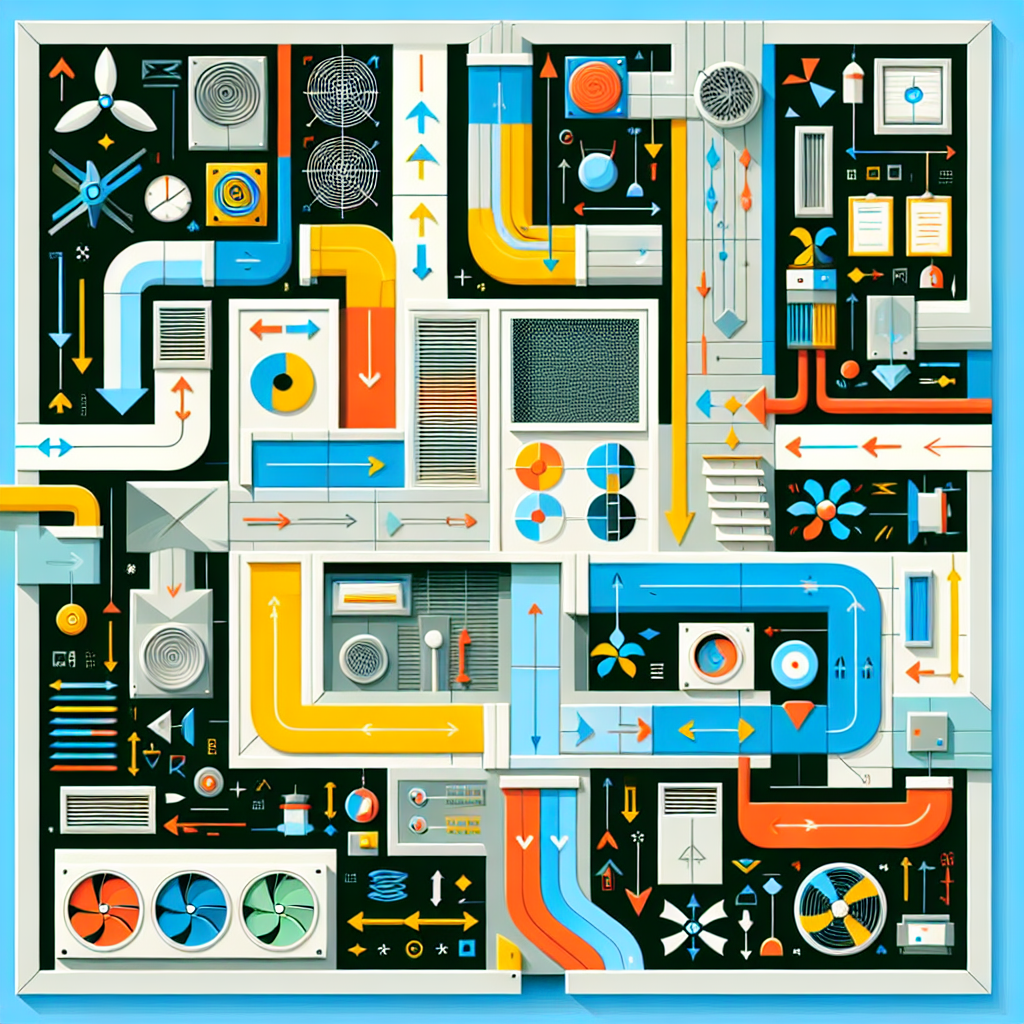Your cart is currently empty!
Ventilation Design Tips for Maximizing Airflow and Efficiency

Proper ventilation is crucial for maintaining good indoor air quality and ensuring the comfort and health of building occupants. A well-designed ventilation system can help maximize airflow and improve energy efficiency. Here are some tips for designing a ventilation system that maximizes airflow and efficiency:
1. Consider the layout of the space: When designing a ventilation system, it is important to consider the layout of the space and the location of windows, doors, and other openings. By strategically placing intake and exhaust vents, you can create a flow of fresh air throughout the space.
2. Use natural ventilation strategies: Take advantage of natural ventilation strategies, such as cross ventilation and stack ventilation, to maximize airflow and reduce the need for mechanical ventilation. Cross ventilation involves creating openings on opposite sides of a space to allow air to flow through, while stack ventilation relies on the natural buoyancy of warm air to create a flow of fresh air.
3. Size the ventilation system correctly: It is important to properly size the ventilation system to ensure that it can effectively remove stale air and supply fresh air to the space. Oversized ventilation systems can waste energy, while undersized systems may not provide enough airflow to maintain good indoor air quality.
4. Use energy-efficient ventilation equipment: Choose energy-efficient ventilation equipment, such as energy recovery ventilators (ERVs) and demand-controlled ventilation systems, to maximize airflow and improve energy efficiency. ERVs can recover heat or coolness from outgoing air and transfer it to incoming air, while demand-controlled ventilation systems adjust the airflow based on the occupancy level and indoor air quality of the space.
5. Maintain the ventilation system regularly: To ensure optimal performance and efficiency, it is important to regularly maintain the ventilation system by cleaning filters, inspecting ductwork, and checking for leaks or obstructions. Proper maintenance can help prevent airflow restrictions and ensure that the system is operating at peak efficiency.
By following these ventilation design tips, you can create a system that maximizes airflow and improves energy efficiency, leading to a healthier and more comfortable indoor environment for building occupants. Proper ventilation design is essential for maintaining good indoor air quality and ensuring the overall well-being of occupants.

Leave a Reply